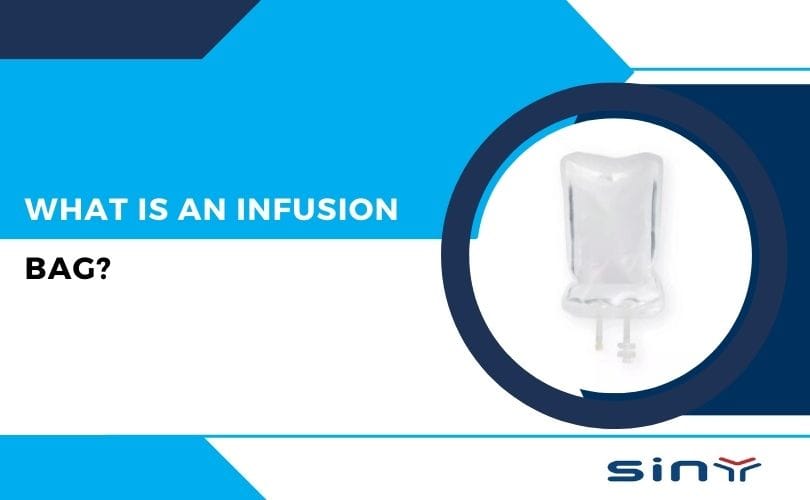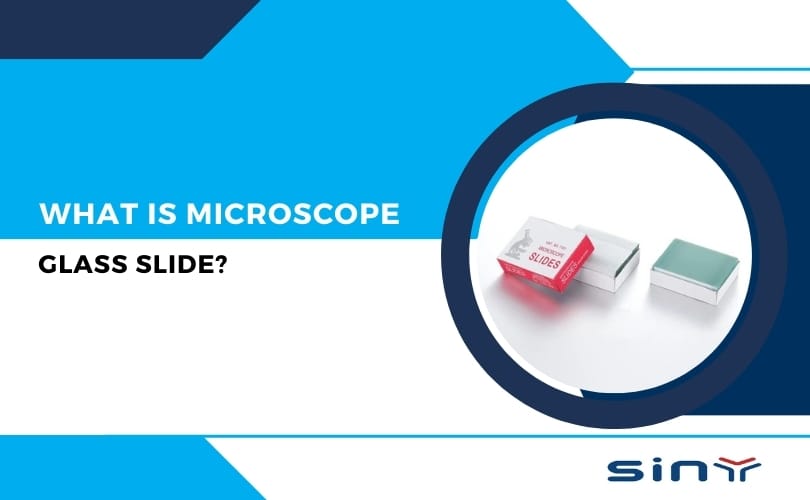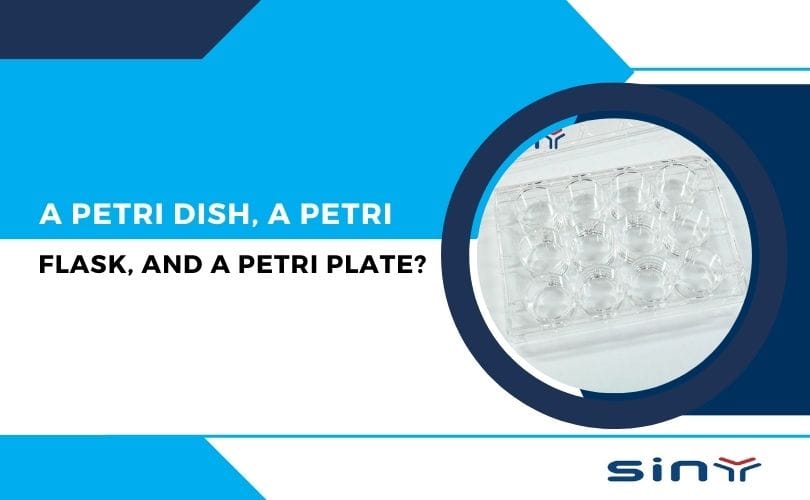An infusion bag is a medical container to hold and transport intravenous (IV) fluids or medications, delivering solutions directly into the bloodstream. Infusion bags play a critical role in intravenous therapy by providing a sterile and reliable method for administering fluids, electrolytes, medications, or nutrients to patients. Whether used for routine hydration, antibiotic delivery, or specialized treatments, infusion bags help ensure that patients receive the necessary therapies in a controlled and sterile environment.
Table of Contents
What is an infusion bag
An IV infusion bag is a container to hold and transport intravenous infusion solutions.
Infusion bags are a crucial component in modern healthcare, designed to deliver fluids, nutrients, medications, or blood products directly into a patient’s bloodstream. These flexible bags, typically made of medical-grade plastic, are essential in administering intravenous (IV) therapy, ensuring patients receive accurate, controlled medical fluids.

Small-capacity 100ml infusion bag: usually with a capacity of less than 100-ml, it is often used for children’s infusion or small-dose infusion of particular drugs, such as some expensive antibiotics or special nutritional supplements.
Large-capacity infusion bag: Common capacities include 250ml, 500ml, 1000ml, etc., and healthcare providers use them to replenish the patient’s body with water and electrolytes or administer routine drug infusions, such as saline and glucose solutions.
Structure and composition of infusion bag
Bag body
The bag body, typically composed of multiple layers of plastic materials, plays a crucial role in maintaining the safety and stability of the drug solution. Each plastic material, with its unique properties, contributes to this essential function.
For example, the inner layer may be a non-toxic, chemically stable material that is in direct contact with the drug solution, such as polyethylene (PE) or polypropylene (PP), etc., to ensure that the drug solution does not react chemically with the bag body and ensure the safety and stability of the drug solution.
The outer layer, designed with superior mechanical properties like puncture and wear resistance, acts as a shield. It plays a vital role in protecting the bag body from potential damage during transportation, storage, and use, thereby ensuring the bag’s integrity and the safety of the drug solution inside.
Infusion port
This is the gateway for the liquid medicine to enter and exit the infusion bag. The infusion port is typically equipped with a sealing device, often a rubber plug. This plug serves a dual purpose, effectively sealing the bag when not in use to prevent contamination, and providing an easy entry point for the infusion needle during use. This efficient design ensures both safety and convenience, giving you confidence in the product’s functionality.
Some advanced infusion bags also have anti-reflux devices at the infusion port to prevent blood from flowing back into the bag. These innovative features represent the latest advancements in the field, informing you about cutting-edge drug delivery system technology.
Classification of infusion bags?
Ordinary infusion bags: They primarily use these for conventional infusions, including physiological saline, glucose solution, common antibiotics, and other drugs.
Nutritional infusion bags
Specially used to infuse nutrients, such as amino acid solutions, fat emulsions, etc. The materials and designs of these infusion bags may consider the stability and compatibility of nutrients to ensure that the human body can effectively absorb the nutrients.
Unique infusion bags
For example, infusion bags used for chemotherapy drug infusion, this type of infusion bag may have better anti-leakage performance because chemotherapy drugs are often highly corrosive, and once leaked, they may cause severe damage to the patient’s skin and tissues.
What are the advantages of infusion bags?
High safety: Compared with traditional glass infusion bottles, infusion bags are not easy to break, reducing the risk of patient injury due to glass fragments.
In addition, medical infusion bags manufacturers can be better sterilized during production, reducing the possibility of drug contamination.
Infusion bags are designed for convenience. Their soft, lightweight nature makes them easy for medical staff to handle and for patients to carry, especially during transfers. The infusion port design makes it easy to insert the needle, and squeezing the bag adjusts the infusion speed, offering more flexibility than glass bottles.
What is a nutritional infusion bag?
A nutritional infusion bag is uniquely used to deliver patient nutrients.
When patients, such as those with gastrointestinal diseases, postoperative patients, or critically ill patients, are unable to obtain sufficient nutrition through their regular diet, the use of nutritional infusion bags becomes crucial. These bags provide a diverse range of nutrients necessary for the human body to maintain normal physiological functions and aid in patient recovery.
What are the nutrients in the nutritional infusion bag?
Carbohydrates, primarily in the form of glucose solutions, are a key component of nutritional infusion bags. Glucose serves as a primary source of energy for the human body and can be tailored to the patient’s specific conditions.
For instance, 5% and 10% glucose solutions are commonly used, showcasing the adaptability of these solutions in patient care.
Amino acids: Contains various essential amino acids for the human body. These amino acids are the basic units of protein and are necessary for maintaining the typical structure and function of the body. For example, a compound amino acid solution used to supplement the raw materials for protein synthesis in the body can provide patients with essential and non-essential amino acids to meet the body’s protein needs, especially when the patient has increased protein catabolism or insufficient protein intake.
Fat emulsions: an emulsion made from soybean oil or other oils. Fat emulsions can provide high calories and are an important source of essential fatty acids. It has a high energy density and is suitable for patients who need long-term nutritional support or have high energy requirements, such as burn patients.
What is the difference between intravenous infusion bags and nutritional infusion bags?
Uses
Intravenous infusion bags
It has many uses, mainly to replenish water and electrolyte balance and deliver various drugs to patients.
When a patient loses fluids from diarrhea or vomiting, doctors infuse saline or glucose saline through an intravenous infusion bag to restore water and electrolytes. If the patient has an infection, they administer antibiotics and other drugs through the same method for treatment.
Nutritional infusion bag
Specially used to provide nutritional support for patients. It is suitable for patients who cannot get enough nutrition through a regular diet, such as those with gastrointestinal dysfunction, postoperative inability to eat normally, critically ill patients, etc., to deliver nutrients such as carbohydrates, amino acids, and fat emulsions.
Ingredients in the bag
Intravenous infusion bag
Typical contents include saline (0.9% sodium chloride solution), glucose solution (such as 5% or 10% glucose), various electrolyte solutions (such as potassium chloride solution, etc.), and various drugs (such as antibiotics, antipyretic analgesics, etc.).
These ingredients primarily regulate the water and salt balance in the body, replenish energy, or perform a specific therapeutic function.
Nutritional infusion bag
Mainly contains nutrients such as carbohydrates (such as glucose) that provide energy, amino acids that constitute protein (including essential amino acids and non-essential amino acids), and fat emulsions that provide high calories and essential fatty acids.
In addition, healthcare providers may add some vitamins, trace elements, and other nutrients to meet the patient’s comprehensive nutritional needs
Design differences
Intravenous infusion bag
Compatibility with drugs: When using the bag for drug infusion, you must consider the compatibility of the bag material with the drug to prevent any chemical reaction that could reduce the drug’s efficacy or produce harmful substances.
For example, some drugs are sensitive to pH, and the material of the intravenous infusion bag should not affect the pH stability of the solution in the bag.
Anti-pollution and sterility: Ensure good sealing performance to prevent external microorganisms from entering the bag and maintain the sterility of the infusion.
Nutrient infusion bag
Nutrient stability: The requirements for bag materials are higher due to the complex types of nutrients, such as fat emulsions, which are prone to demulsification. It is necessary to ensure good compatibility with various nutrients and the stability of nutrients in the bag to prevent them from deteriorating, decomposing, or losing activity.
Accurate nutrient ratio labeling: To meet the different nutritional needs of patients, the nutrient infusion bag needs to have precise nutrient ratio labeling so that medical staff can accurately control the input amount of nutrients.
Conclusion
Infusion bags are an essential tool in modern healthcare, offering a flexible, sterile, and safe method of delivering fluids, medications, and nutrients directly into the bloodstream. They come in various types, including small and large-capacity bags for different medical purposes and specialized bags for delivering nutrients or chemotherapy drugs. Their design and functionality make them a cornerstone of intravenous therapy, ensuring patients receive accurate and controlled treatment with minimal risk of contamination or injury.
FAQs
What is the primary purpose of an infusion bag?
Medical professionals use an infusion bag to administer fluids, medications, or nutrients directly into the bloodstream in a sterile and controlled manner, often during intravenous therapy
Are infusion bags reusable?
To prevent contamination and infection, medical staff must discard infusion bags after a single use.
What types of nutrients are delivered through nutritional infusion bags?
Nutritional infusion therapy contain carbohydrates (like glucose), amino acids, fats, and sometimes vitamins or trace elements, providing essential nutrition to patients who cannot eat normally.
How do infusion bags differ from glass infusion bottles?
Medical Infusion bags are safer and more convenient than glass bottles, as they are flexible, lightweight, and not prone to breaking. They also allow for easier control over the flow of fluids.
Can infusion bags be used for long-term nutrition?
Healthcare providers commonly use nutritional infusion bags to offer long-term nutritional support to patients who cannot take food orally, delivering essential nutrients directly into the bloodstream.
What are the advantages of using infusion bags in medical settings?
Infusion bags offer high safety, sterility, and convenience for healthcare providers and patients, making them ideal for various medical applications.



























































